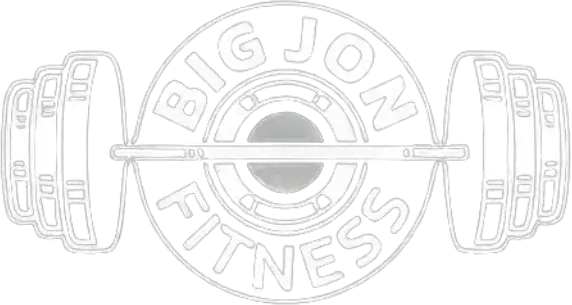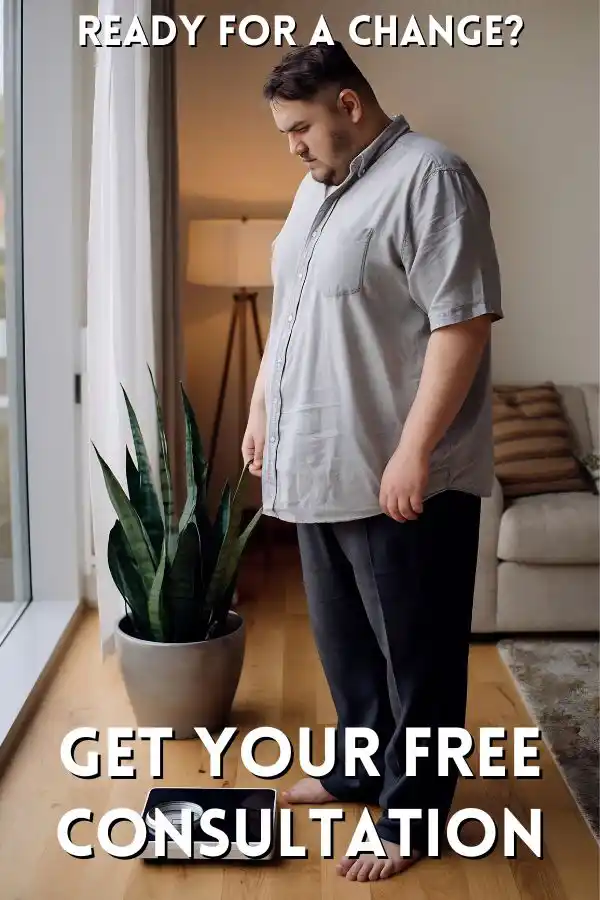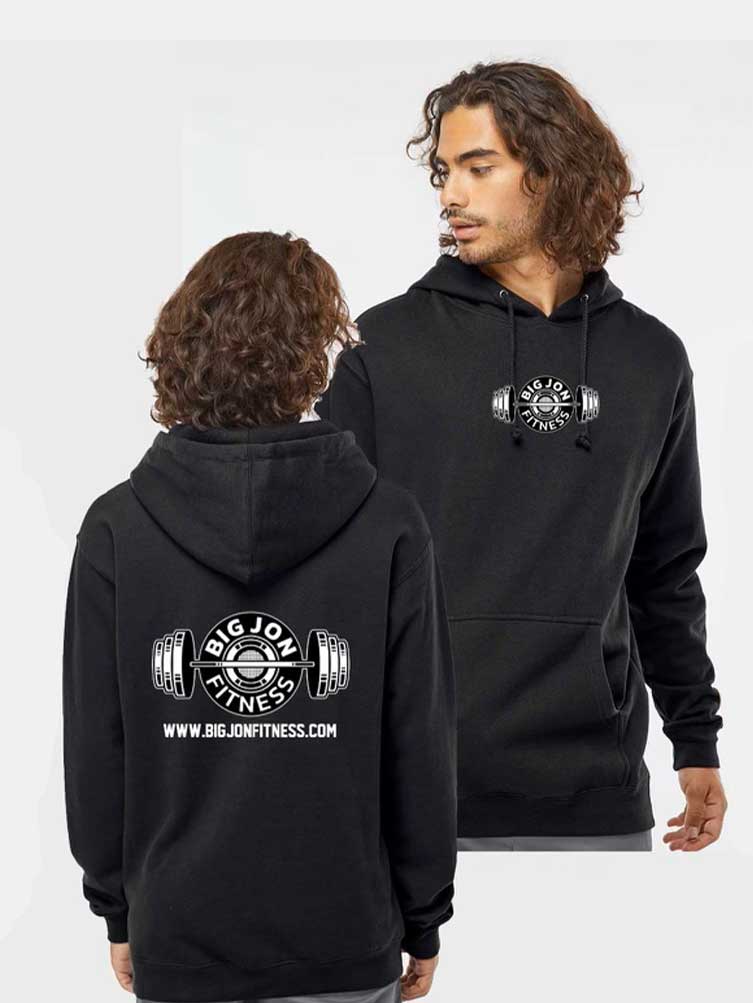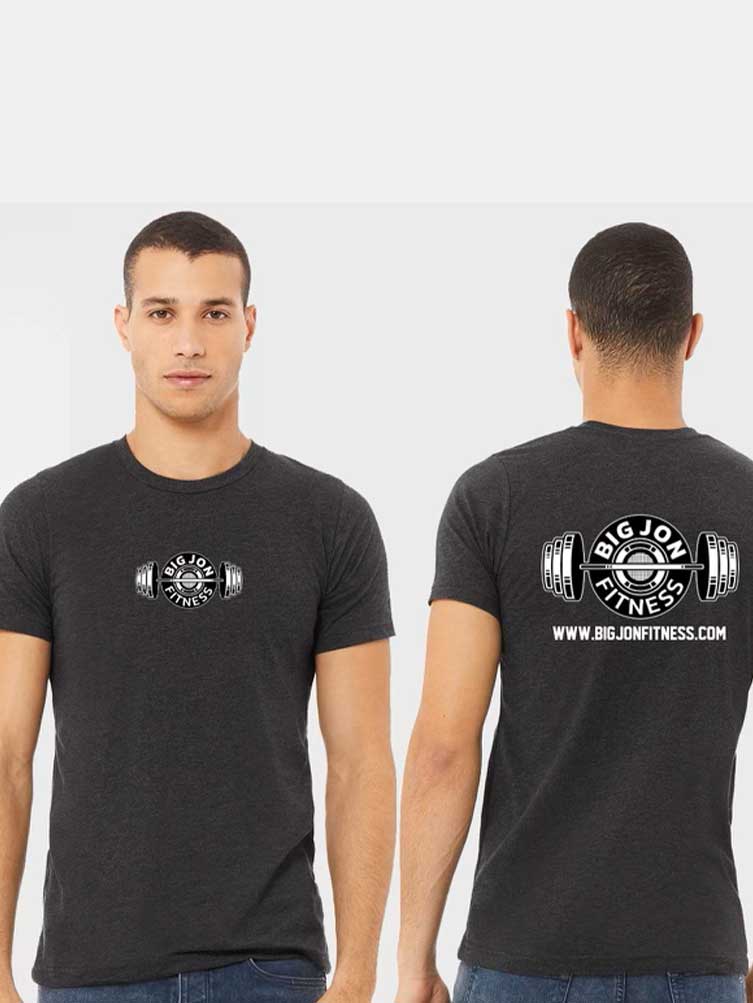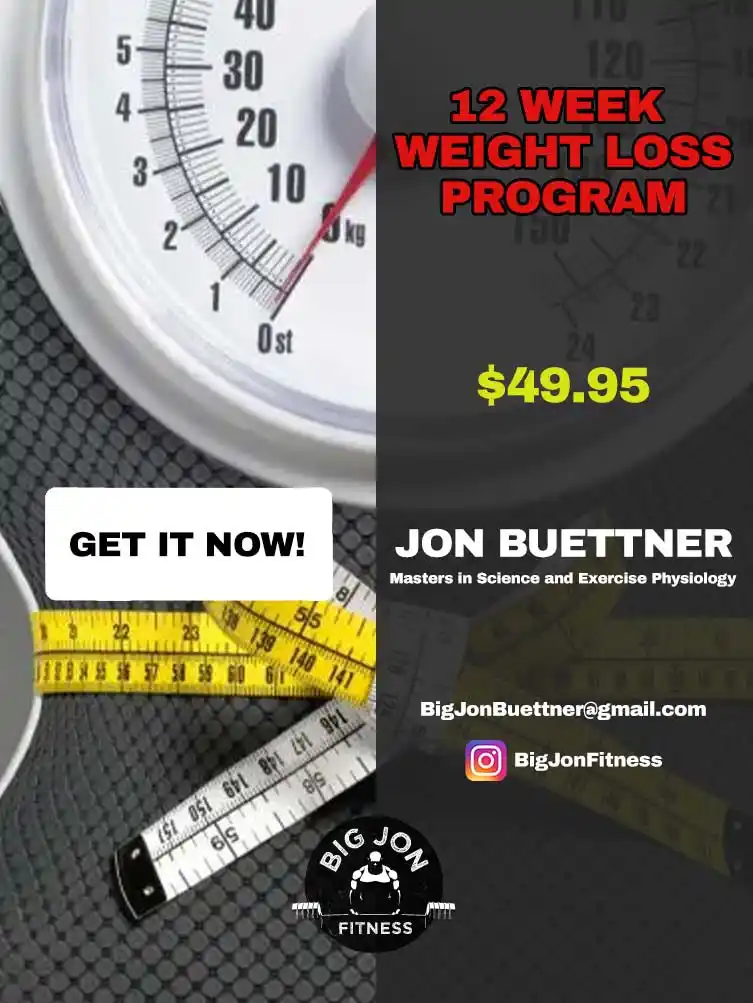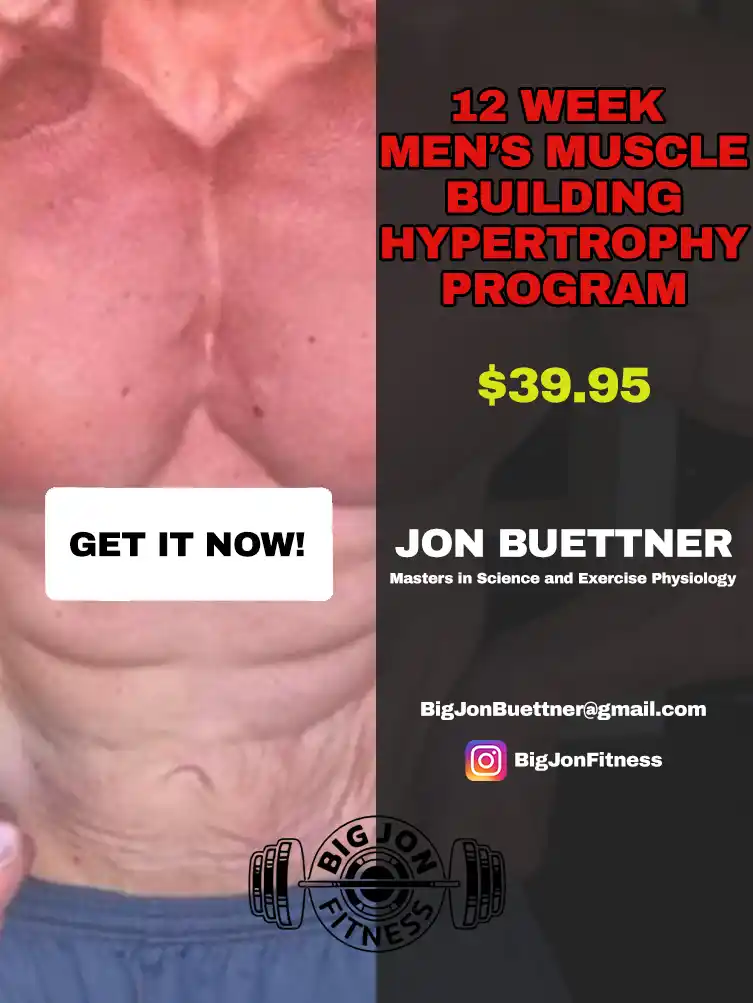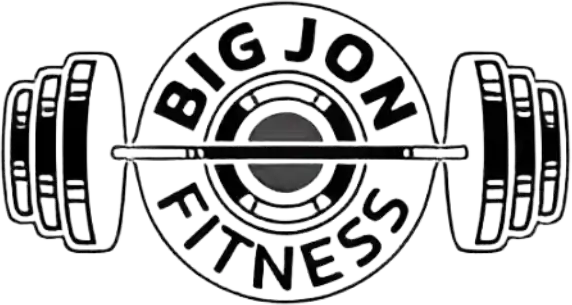One of the most fascinating mechanisms of the mind-body connection is the idea of unconscious and conscious dopamine-seeking drives. The conscious drives the cross our awareness could be thought of as motivation to attain a task. This may look like the desire to change our physique, whether weight, body fat, shape, or size. The unconscious drives are the underlying physical drives that keep us alive and function beneath our conscious awareness, such as how our body seeks food for physical survival rather than emotional comfort. I am interested in understanding these conscious and unconscious drives as they relate to behavior surrounding fitness, nutrition, and well-being.
Most are familiar with dopamine, though many are surprised that dopamine is not activated through achieving a goal, rather, it is activated by seeking a goal. Dopamine does have a pleasure aspect to it; however, the pleasure is in seeking the goal and downregulates once the goal is accomplished. This is why dopamine works both consciously and unconsciously. Dopamine can be thought of as the driving motivation behind the goal of weight loss when starting an exercise and nutrition program, as the individual feels this heightened drive to start a nutrition and exercise program with hopes of accomplishing their goal. It is also the driving motivation from a physiological standpoint to seek food when hungry by the activation of ghrelin (hunger hormone), which sends a signal to the Vagus nerve (connects the brain-gut) to the brain stem and then to the hypothalamus (brain central hub for hunger regulation) which then signals dopamine to seek food to fulfill our physiological needs to eat. Dopamine is a very interesting neurotransmitter that, yes, is pleasure-seeking, but it is also essential to human survival for basic physiological processes in the body.
My background working with physique-related goals through nutrition and exercise programming for the past twenty years has provided me with the awareness of what successful physique transformations look like. There are far more unsuccessful versus successful transformations that have led me on this path the past couple of years to seek (dopamine) understanding in how the mind/body connects to achieving physique-related results. I will say most individuals who start a physique transformation-related program to change their weight, body fat, shape, or size will not be successful, mainly because dopamine is a short-duration drive, meaning that for most individuals, maintaining the same heightened motivation that is felt when starting a program is impossible to maintain over time which is why many will stop seeking their goal altogether, or they may attempt to find a new program that regenerates that dopamine drive feeling. These individuals are continuously looking for the next greatest idea or program to help them reach their goals. The key to long-term success is understanding this dopamine mechanism while also understanding that they must move beyond dopamine to accomplish long-term success with their physique-related goal.
I like to think about dopamine as the necessary boost to start the motivation toward goal attainment. From here, this can lead to a number of topics to think about when understanding beyond dopamine, which is generally associated with lifestyle changes. As a researcher, my goal over time is to find the latest information in the fields of psychology, neuroscience, physiology, and medical to attempt to piece together more understanding to figure out this gap that so many struggle with when the dopamine-seeking motivation drops off leaving many individuals feeling hopeless and demotivated to continue perusing their physique related goals.
Initially, the basics of human motivation when it comes to seeking a physique-related goal, such as altering body weight, body fat, shape, or size, are intrinsic and extrinsic motivation factors. To understand the difference between these two types of motivation, an individual must first understand their “why.” After two decades of working with clients, these two types of motivations can easily indicate whether a client will be successful or not before they start.
For every client I have ever worked with, I have asked the same question: What is your goal? I will use the weight loss goal below to describe the differences between the intrinsically and extrinsically motivated client.
Intrinsically motivated client:
This client has a personal reason that is a result of their own thoughts and emotions that is leading them to make a change in their weight, such as a strong emotion that is reflective of internal desires that are not going to be externally viewed by the outside world. They are truly seeking this goal for themselves. This is often difficult for most people seeking a weight loss or physique-related goal, as these are usually extrinsically motivating goals at the start.
Extrinsically motivated client:
This client has set the goal of losing weight, but this comes from more external desires, such as a spouse encouraging them to lose weight. Even though it is not their genuine desire, it sounds motivating for now. Or, they may have an external date in mind, such as an event they want to wear an outfit for or look their best, a vacation, an 8-week challenge at work, or throw out a number for weight loss, etc.
The problem with extrinsically motivated clients is that there is a greater potential for a loss of motivation when the feelings or emotions of not progressing towards their goals are felt, which is a down-regulation of dopamine. Generally, to get past this down-regulation in dopamine, the client must now find more intrinsic motivating factors to help them continue seeking their goals. Extrinsic motivation is not insufficient, as for many individuals, it is needed to get them started, but intrinsic motivation factors are key for long-term success.
How do we develop intrinsic motivation? To answer this question, we must come back to the question of “why” am I doing this? Why do I want to lose weight? Why do I want to be fit? Extrinsic motivation could be thought of as surface-level goals, for example, losing 20 pounds to fit into an outfit by this specific date or vacation. This is a good starting point, but from here, we want to ask ourselves further: Why do you need to lose 20 pounds? What do you see when you look at yourself in the mirror? When you see this image in the mirror, how does it make you feel? Where does this feeling come from? To find intrinsic motivation, the surface level must be peeled back to see the core emotion or feeling that is truly motivating someone to seek a goal.
Another example could be because the doctor told me I needed to lose weight and exercise for my heart health. Why did your doctor say this? What are the risks to your quality of life if you do not exercise or lose weight, and what are the benefits? Are you more likely to be around for your family long-term? Do you feel emotion when you think about not being around for your family? What is that emotion? If you lose weight and exercise, would it help you overcome this emotion?
These examples show the process of pulling back the layers by asking questions to help identify the core motivation that shifts us from an extrinsic motivation surface-level goal to something internal and profound within ourselves to motivate us to pursue these fitness-related goals that often are related to weight loss and physique transformations. Long-term weight loss or physique goals are hard to reach and maintain over time. When looking at statistics, weight loss maintenance is considered for a duration of two years and longer; how many individuals do you know, or how many times have you reached a weight loss or physique-related goal and then maintained that goal for two years or longer? This isn’t easy for most people to do. This is why figuring out your true “why” or finding your intrinsic motivation factors is key to developing a long-term approach and strategy to reaching your goal and then maintaining it over time.
